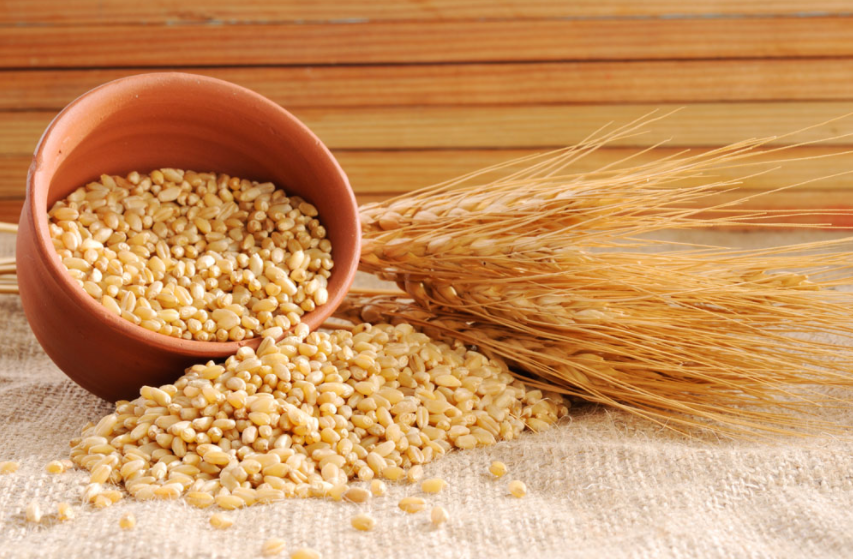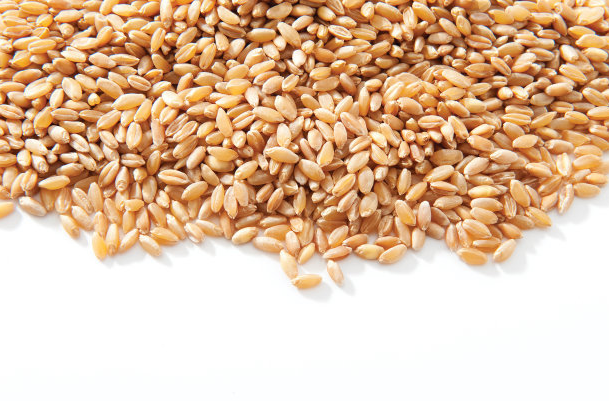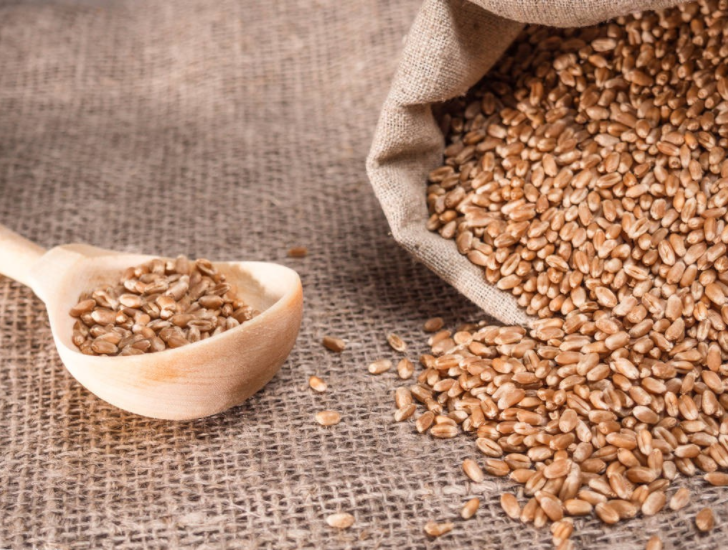1. Purpose of wheat cleaning
Due to the limitations of current technical conditions, impurities are mixed in during wheat growth, harvesting, storage, and transportation. During the growth period, germinated and moldy wheat and wheat affected by insects and diseases due to excessive rain are all impurities in wheat. The mixing of these wheat will affect the quality and smell of flour. In addition, due to impure selection during the growth period, some weed seeds (such as buckwheat seeds, etc.) will also be mixed into wheat. The mixing of these weed seeds will cause the formed flour to form black spots, which will affect the color of the flour; During the harvesting period, because there is no dedicated drying field, some stones, soil blocks and other impurities will be mixed into the wheat. The stones will damage the equipment, the wheat stalks will block the conveying pipeline, and the lime soil and sand will make the flour crumbs; during the storage period, The quality and smell of flour will be affected due to heat, mildew and the mixing of some pesticides in the wheat. Therefore, the wheat must be cleaned up before flour milling, and all impurities in the wheat must be completely removed, so as to ensure the quality of the flour, meet the needs of the food industry and people’s lives, ensure the health of the people, and achieve safe production. purpose.

2. Classification of impurities in wheat:
Impurities in wheat can be classified according to chemical composition and physical properties.
(1) According to chemical composition
①Inorganic impurities: Inorganic impurities refer to inorganic substances such as soil, sand, bricks, and metals mixed into wheat.
②Organic impurities: Organic impurities refer to the roots, stems, leaves, husks, weed seeds, heterogeneous grains, sprouts, diseased spots, spoiled grains and other organic substances mixed into wheat.
(2) According to physical properties: According to the particle size, it can be divided into three categories:
①Large impurities: refers to the impurities remaining on the sieve surface with a diameter of 4.5 mm.
②Side-by-side impurities: refer to the impurities on the sieve surface with a diameter of 4.5 mm and remaining on the sieve surface with a diameter of 1.5 to 2.0 mm.
③Small impurities: refer to impurities that pass through the sieve surface of the sieve with a diameter of 1.5 to 2.0 mm.
(3) According to the proportion, it can be divided into two categories:
①Heavy impurities: refers to impurities whose specific gravity is larger than that of wheat.
②Light impurity: Refers to impurity whose specific gravity is smaller than that of wheat.
3. Common methods of cleaning wheat
(1) Winnowing method: The method of cleaning by using the different aerodynamic properties of wheat and impurities is called winnowing method. Aerodynamic properties are generally expressed in terms of levitation speed. The winnowing method requires the participation of air medium. Commonly used winnowing equipment includes vertical air ducts and suction separators.
(2) Screening method: The method of cleaning by using the difference in grain size of wheat and impurities is called screening method. The particle size is generally based on the thickness and width of wheat and impurities. The screening method needs to be equipped with a moving sieve surface with suitable sieve holes. The relative movement of the sieve surface and the wheat will cause the wheat to move and stratify, and the material with small particle size and high specific gravity will contact the sieve surface and become the under-sieve. Commonly used screening equipment includes vibrating screen, plane rotary screen, primary cleaning screen and so on.
(3) Gravity sorting method: The method of sorting using the difference in the specific gravity of impurities and wheat is called the specific gravity sorting method. The specific gravity separation method requires the participation of the medium, which can be air and water. The use of air as the medium is called dry specific gravity separation; the use of water as the medium is called wet specific gravity separation. Commonly used equipment for dry specific gravity sorting includes specific gravity de-stoner, gravity classifier, etc., and commonly used equipment for wet specific gravity sorting includes stone-removing and wheat washing machine.
(4) Concentration method: The method of cleaning up impurities and wheat with different geometric shapes and lengths is called concentrating method. The use of different geometric shapes for cleaning requires the use of inclined and spiral surfaces to separate the wheat and spherical impurities through different motion trajectories. Commonly used equipment includes buckwheat seed throwing car and so on. The use of different lengths for cleaning requires the use of a rotating surface with pockets. The short grains are embedded in the bag holes and are taken away, and the long grains remain outside the bag holes and are not taken away, so as to achieve the purpose of separation. Commonly used equipment includes roller selection machine, disc selection machine, disc roller selection machine and so on.
(5) Impact method: The method of cleaning by using the difference in strength between impurities and wheat is called impact method. The bonding strength of germinated, moldy, diseased wheat, soil blocks, and dust on the surface of wheat is lower than that of wheat. It can be broken and peeled off by the impact of high-speed rotating components, and separated by suitable sieve holes to achieve cleaning. the goal of. Commonly used equipment for percussion method includes wheat threshing machine, percussion machine, and wheat brushing machine.

(6) Magnetic separation method: The method of cleaning by using the different ferromagnetism of wheat and impurities is called magnetic separation method. Wheat is a non-magnetic substance and is not magnetized in a magnetic field, so it will not be adsorbed by a magnet; while some metal impurities (such as nails, nuts, iron filings, etc.) are magnetic substances that will be magnetized in a magnetic field and be adsorbed by the magnet , Thus being separated from the wheat. The equipment commonly used in magnetic separation method includes permanent magnet drum, magnet steel, permanent magnet box and so on.
(7) Milling method: The cleaning method of using a rotating rough surface (such as sand grain surface) to clean the surface of wheat dust or scraping wheat husks is called milling. The milling method is often used for peeling and flouring. The husks of wheat can be partially separated by grinding the surface of several sand rollers, which can shorten the flour path and make flour making easier. The equipment commonly used in the milling method is a
peeling machine and so on.
In addition to the above seven methods, there are photoelectric sorting methods based on different colors, and the equipment used is a color sorter. Due to the high price of this equipment, it is not widely used at present.


